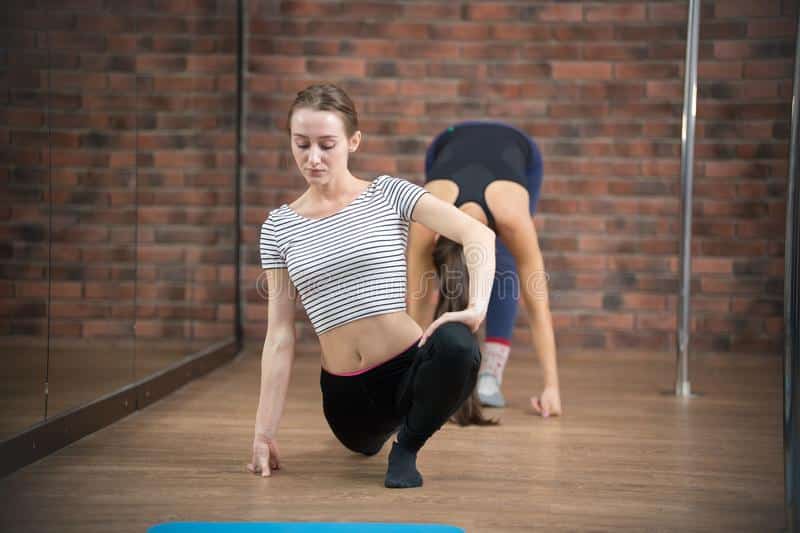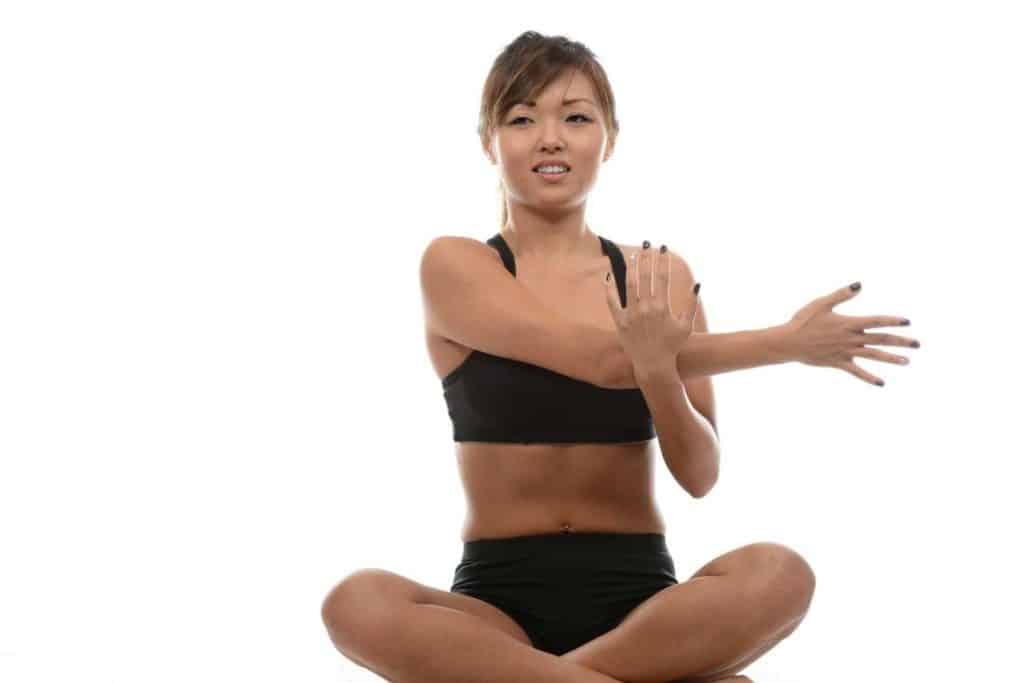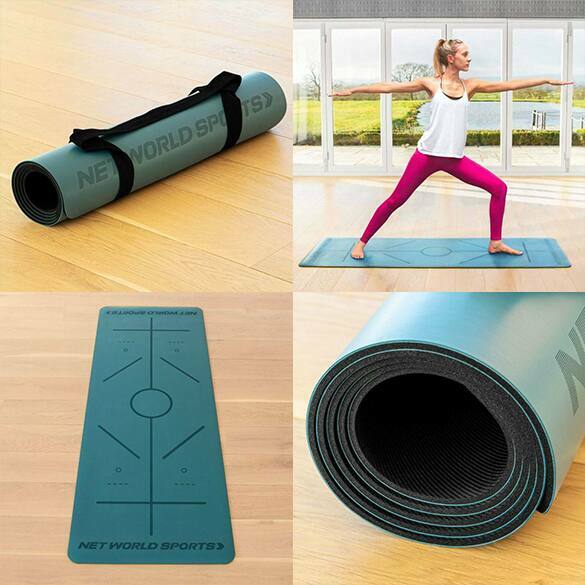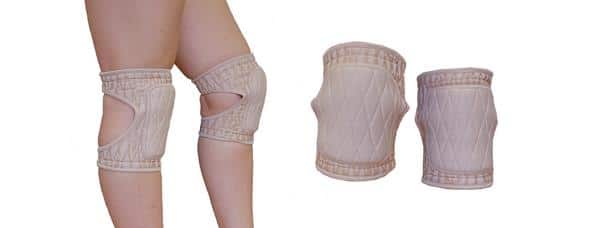Yoga on pole, a mesmerizing and dynamic form of movement, has gained popularity in recent years as a unique way to combine the grace and flexibility of yoga with the strength and artistry of pole dancing. This intriguing fusion has captivated practitioners around the world, inspiring them to explore new dimensions of fitness, creativity, and self-expression. In this article, we will delve into the captivating world of yoga on pole, exploring its benefits, techniques, and the artistry that makes it a truly graceful fusion of two disciplines.
Flexibility and strength are two essential components of physical fitness, and yoga on pole offers a captivating way to cultivate both. The pole itself provides a unique form of resistance, requiring practitioners to engage their muscles in new and challenging ways. Through a series of fluid movements, spins, and poses, yoga on pole builds functional strength, particularly in the upper body, core, and legs. The pole also serves as a prop that enhances flexibility by allowing practitioners to deepen their stretches and expand their range of motion. The combination of strength and flexibility cultivated through yoga on pole results in a balanced and holistic form of fitness that challenges the body in new and exciting ways.
One of the most captivating aspects of yoga on pole is its artistry. As practitioners flow through poses, spins, and transitions, they have the opportunity to express themselves creatively, adding their unique style and flair to their movements. The artistry of yoga on pole lies in the fluidity and grace with which practitioners move, combining strength, flexibility, and flow to create a mesmerizing and awe-inspiring display of movement. The combination of yoga’s mindfulness and the creativity of pole dancing allows practitioners to connect with their bodies on a deeper level, moving in harmony with the music, the pole, and their own intuition. This creative expression adds an element of beauty and elegance to the practice, making yoga on pole a captivating art form that is as aesthetically pleasing as it is physically challenging.
The techniques of yoga on pole encompass a wide range of movements that require a combination of strength, flexibility, and balance. One of the fundamental aspects of yoga on pole is learning to grip and engage the pole properly. Different types of grips, such as the cup grip, the forearm grip, and the hand grip, are used to perform various moves, spins, and poses. Proper grip technique is crucial for maintaining control and stability while on the pole, and it requires practice and patience to develop the necessary strength and grip endurance.
Yoga on pole also involves fluid transitions between poses and spins, requiring practitioners to flow smoothly from one movement to another. This fluidity requires not only physical strength and flexibility, but also mental focus and body awareness. Practitioners must learn to synchronize their movements with their breath, maintaining a steady rhythm that allows them to flow gracefully from one pose to another. This mindful movement creates a sense of flow and rhythm that adds to the artistry of yoga on pole, making it a captivating and meditative practice.
Balance is another key element in yoga on pole, as practitioners must learn to maintain equilibrium while performing various poses and spins on the pole. This requires not only physical balance, but also mental focus and body awareness. Balancing on a pole challenges the practitioner’s core stability and proprioception, the sense of body position and movement in space. As practitioners progress in their practice, they can explore more advanced balancing poses, spins, and transitions, further challenging their physical and mental abilities.
Flexibility is an essential component of yoga on pole, as it allows practitioners to move through a wide range of poses and spins with ease and grace. Yoga poses that focus on opening the hips, shoulders, and back, such as pigeon pose, camel pose, and cobra pose




